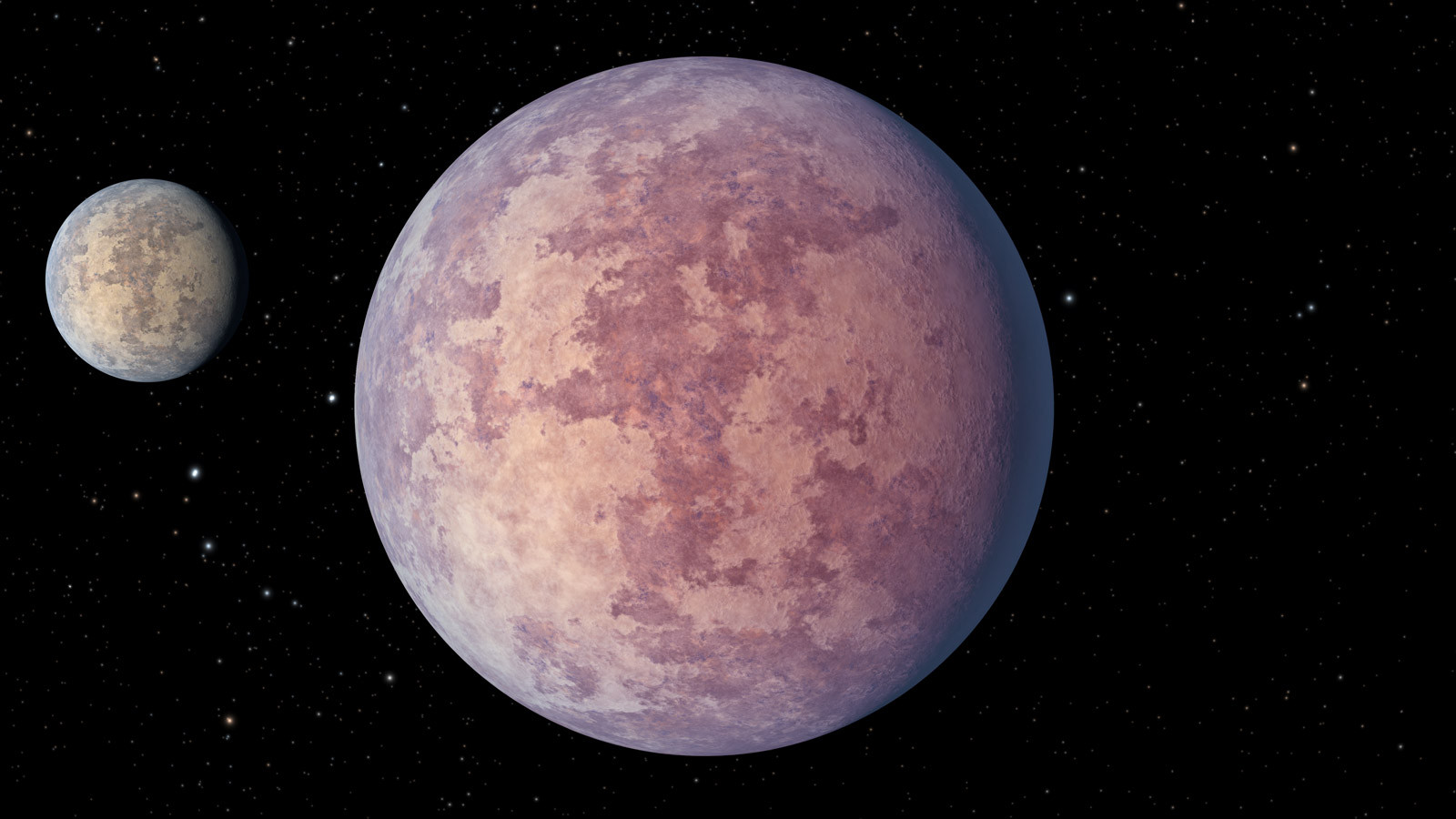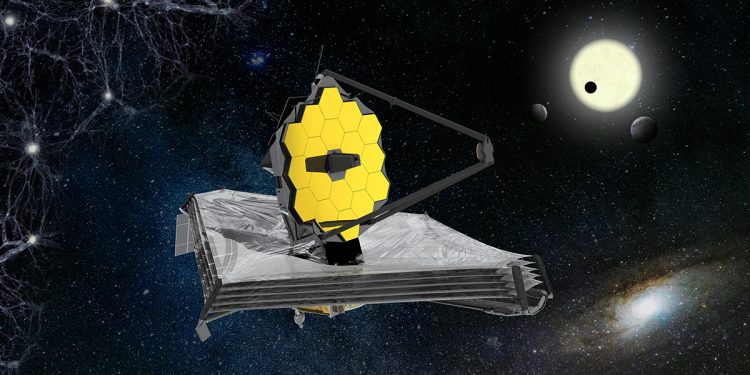Two hot, rocky exoplanets detected transiting a nearby star
An international team led by the Instituto de Astrofísica de Andalucía (IAA-CSIC) has detected two telluric planets orbiting the nearby star HD 260655.
The discovery has combined data from the TESS space satellite and the CARMENES spectrograph of the 3.5 m Calar Alto telescope.
These two new super-hot-Earths enter the top 10 candidates for the James Webb Space Telescope to study their possible atmospheres.
Granada, 15 June 2022. In the last 30 years, more than 5000 planets outside the Solar System have been discovered. However, to date only a small fraction of them have been revealed to be telluric, i.e. rocky like Mercury, Venus, Earth or Mars.
Combining data from TESS (Transiting Exoplanet Survey Satellite, NASA) with observations made by ground-based detectors - including the CARMENES spectrograph at Calar Alto Observatory (CAHA) - a team led by Rafael Luque, from the Instituto de Astrofísica de Andalucía (IAA-CSIC) and the University of Chicago, has confirmed two of these rocky worlds around HD 260655, a nearby red dwarf star located only 32.6 light-years away from our solar system, making it the fourth closest "multi-eclipsing" planetary system detected so far (the closest star to the solar system, Proxima, is 4. 2 light-years away).

Credit: NASA/JPL-Caltech
TESS has used the so-called transit method to detect tiny dips in the star's brightness caused by the planets HD 260655 b and HD 260655 c passing in front of it. The ability to precisely quantify these mini-eclipses has made it possible to determine the size of both exoplanets, which have turned out to be two "super-Earths", only slightly larger than our own in size. Planet b is 1.2 times larger than our Earth and planet c is 1.5 times larger.
On the other hand, this planetary system had already been observed by the CARMENES spectrograph in 2016 using the radial velocities technique, which allows the mass of the detected planets to be determined. Knowing the mass and size of both planets, Luque and the rest of the team were able to infer their density, which turned out to be similar to that of telluric planets, at about 5 grams per cubic centimetre. "The combination of the two techniques is the only way we have to determine the density of the planets and to be able to say something about their internal structures. CARMENES will continue to provide this information in the coming years, which will be critical for future missions like PLATO or ARIEL" says Pedro Amado, CARMENES principal investigator in Spain and one of the authors of the paper presented at the 240th meeting of the American Astronomical Society in Pasadena, California (AAS).
Although due to their high temperatures, neither of the planets could hold liquid water on their surface, the proximity and brightness of their star make them ideal candidates for investigating the chemical composition of their possible atmospheres with the giant James Webb Space Telescope, which will soon obtain its first scientific images. "Both planets are in the top-10 for observations of their atmospheres with the James Webb Space Telescope, which was launched last Christmas and is nearing the end of its calibration phase. These data will first determine with certainty whether these planets have a tenuous atmosphere and, if so, their chemical composition. Learning more about the atmospheres of rocky exoplanets will help us to understand the formation and evolution of worlds similar to our own" confirms Rafael Luque, first author of the paper to be published in Astronomy & Astrophysics.
For Jesús Aceituno, Director of Calar Alto Observatory, "this work is a new proof of the potential of CARMENES to reveal the best exoplanets that can continue to be observed with the new generation of space and giant telescopes".

Telescopio James Webb NASA
R. Luque et al. (2022), Astronomy & Astrophysics - https://arxiv.org/abs/2204.
Pedro Amado pja[at]iaa.es Rafael Luque rluque[at]uchicago.edu
Instituto de Astrofísica de Andalucía (IAA-CSIC)
Unidad de Divulgación y Comunicación
Silbia López de Lacalle - sll[arroba]iaa.es - 958230532
http://www.iaa.es
http://www-divulgacion.iaa.es

